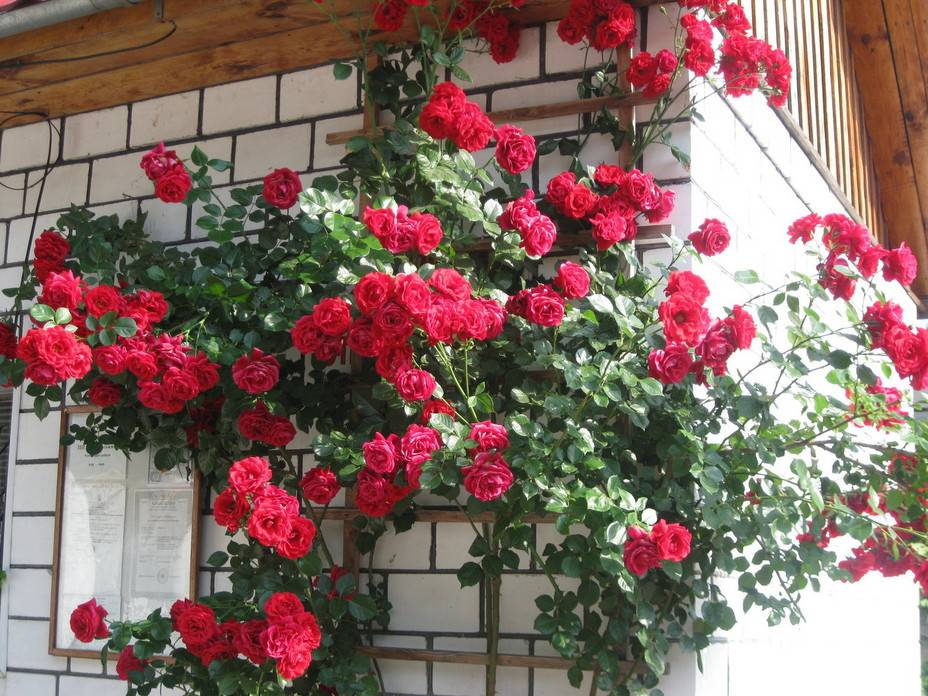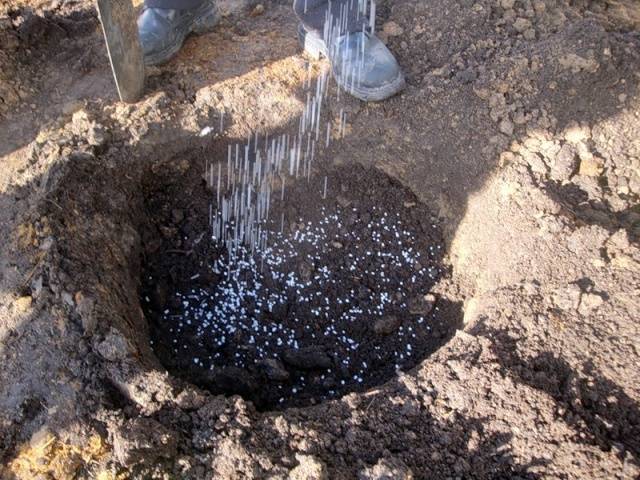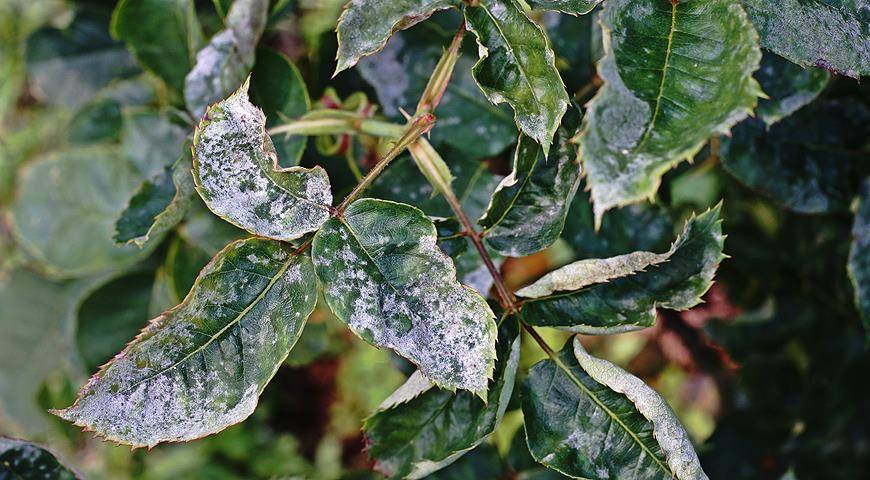Rose Sympathie - description of the variety
Content:
Climbing roses are the most popular among flower growers, as they bloom profusely and have a lush spreading crown. One of these varieties is Sympathy, a plant with unpretentious care and double scarlet flowers.
Rose Sympathie
The Sympathie climbing rose was created to be more frost and disease resistant. Europeans have always loved to decorate the facades of their houses and hedges with spreading roses, but not all of them were suitable for growing in northern and even middle latitudes. That is why work began on the development of varieties that are more resistant to adverse conditions, among which there was Sympathy.
Brief description, characteristic
Rose Sympathy can be up to 4-5 meters high, and grow 2 meters wide. Due to its special length, the flower is planted next to the facades of houses and near hedges. On strong shoots, there are small elongated leaf plates of bright green color. Their front part has a glossy smooth surface, and the back side is matte.
The flowers have an average diameter of 10 centimeters; the bud contains about 25 bright scarlet double petals.
Advantages and disadvantages of the variety
Advantages of the climbing rose Simpati:
- resistance to sunlight - does not fade in the sun;
- high resistance to frost;
- good survival rate after planting;
- resistance to temperature extremes.
Use in landscape design
In landscape design, the bush is used to decorate the facades of houses and other buildings. Often, for the cultivation of Sympathy, structures are specially built on which the flower will grow upwards. Fences and arches are decorated in the same way.
Growing a flower, how to plant it in open ground
Sympathy tolerates planting in open ground and quickly adapts to new conditions.
In what form is the landing
It is most convenient to use seedlings for growing in the open field. They quickly take root and after a short time gain growth and deciduous mass.
What time is the boarding
Variety Sympathy is recommended to be planted in autumn, as the plant is frost-resistant and gains strength and hardens during the winter.
Location selection
The landing site is chosen open and illuminated. The distance of one bush from another should be at least 50 centimeters. However, the site must be protected from drafts, so it is better to plant the bush so that there is some kind of building or fence on the north side.
How to prepare the soil and flower for planting
Rosa Simpati loves slightly acidic soil, therefore, with high acidity, it is necessary to add ash to the soil. Be sure to dig up the ground and introduce mineral fertilizers and organic matter into it: humus, compost or rotted manure.
Planting procedure step by step
Planting a rose should be done as follows:
- Dig holes 50 centimeters apart. The bulk of Sympathy is located at the top, if there is a special support. Therefore, you can leave such a small gap between the bushes.
- Pour a bucket of water into each well and wait for it to absorb.
- Add complex mineral fertilizers for climbing roses there.
- Gently spreading the roots, place the seedlings in the holes.
- Fill around with earth and press down on the soil with your hand so that the trunk does not wobble.
Plant care
Caring for the Sympathy rose does not require much effort, the main thing is not to forget to carry out the necessary procedures on time.
Watering rules and humidity
Watering is best done in the morning or closer to sunset so that the petals and leaves do not get burned. The bush itself does not like excessively wet soil, it is enough to water it once a week. In drier periods, the frequency of watering is increased, and during prolonged rains, it is reduced.
When the soil is waterlogged, root rot may begin, so you need to loosen the soil yourself. To retain moisture and not increase watering, mulching is recommended.
Top dressing and soil quality
For top dressing, you need to use mineral fertilizers and organic matter. You can buy ready-made complex preparations designed for climbing roses. And as organic matter, compost, humus or rotted manure are suitable. Enough 3 dressings for the whole season, excessive dressings are also harmful.
Pruning and replanting
In the spring, they must carry out sanitary pruning: remove all dried and rotten branches. As it grows, the internal new shoots are pruned to form the bush and prevent it from thickening too much.
Transplants may not be carried out, but over time, the soil will become thinner and weaker. Therefore, after 6-8 years, the rose needs to be rejuvenated and transplanted to a new place.
Features of wintering a flower
For the winter, the shrub must be covered to protect it from the cold. The shelter should be dense, but not air-conductive, otherwise the inside of the bush inside may rot inside, which will provoke rotting.
First, rotted shoots and foliage are cut off from the bush. After it is carefully wrapped with wire and bent to the ground. Top covered with a thick layer of dry leaves and covered with dense material, which is fixed with slate or boards.
Blooming rose
The shrub has large buds that are abundantly located throughout the crown. Another plus is the long flowering, which ends only with the arrival of frost.
A period of activity and rest
By the end of May, the shrub begins to set buds. From the beginning of June to the beginning of August, the flowering is most abundant, closer to October the buds begin to thin out, but do not lose their colors.
Care during and after flowering
During flowering, the care of the rose does not change much, only the composition of the dressings should have a different content. Nitrogen fertilizers are replaced by potassium-phosphorus fertilizers, which favorably affect 6a bud setting.
What to do if it does not bloom and possible reasons
If Sympathy has stopped blooming, it is quite possible that this is how it reacts to improper care and the appearance of illness. One of the reasons is the lack of lighting, perhaps the wrong place was chosen for growing the bush. In this case, there is only one way out - a rose transplant.
Another reason may be a lack of watering, the frequency of which needs to be increased. Sympathy often does not bloom due to improper feeding or lack of it. For flowering, potassium-phosphorus fertilizers are needed, and nitrogen fertilizers should not be applied for a while.
Diseases are fought with the help of special chemicals, fungicides.
Flower propagation
The most convenient way to propagate climbing sympathy is by rooting cuttings. For their cutting, strong winter shoots or young summer ones are chosen.
When is it produced
The procedure can be carried out in the spring before bud set or in summer after the first wave of flowering.
Detailed description
Description of the grafting procedure:
- Cut obliquely 15-centimeter cuttings from the shoots.
- All leaves are cut from the bottom.
- Cuttings are planted in a box with a substrate made of sand and organic matter.
- Moisten the soil and close it on top with a plastic or glass cover.
Diseases, pests and ways to control them
Climbing rose Simpati can get sick with powdery mildew and kiniothyrium. If a snow-white bloom appears on the leaves, then the bush suffers from powdery mildew. Treatment should be started at the first sign, otherwise the spots will soon darken and grow, and the bush will begin to rot.
Kiniothyrium, in other words - bark cancer, appears without noticeable signs and damages the bush from the inside. It is characterized by the formation of dark spots on the stems, which will soon increase as the fungus spreads.
The Sympathie rose will be a decoration of the garden and personal plots. It will transform the facades of houses, high fences and will not require unattainable maintenance measures in return.



















